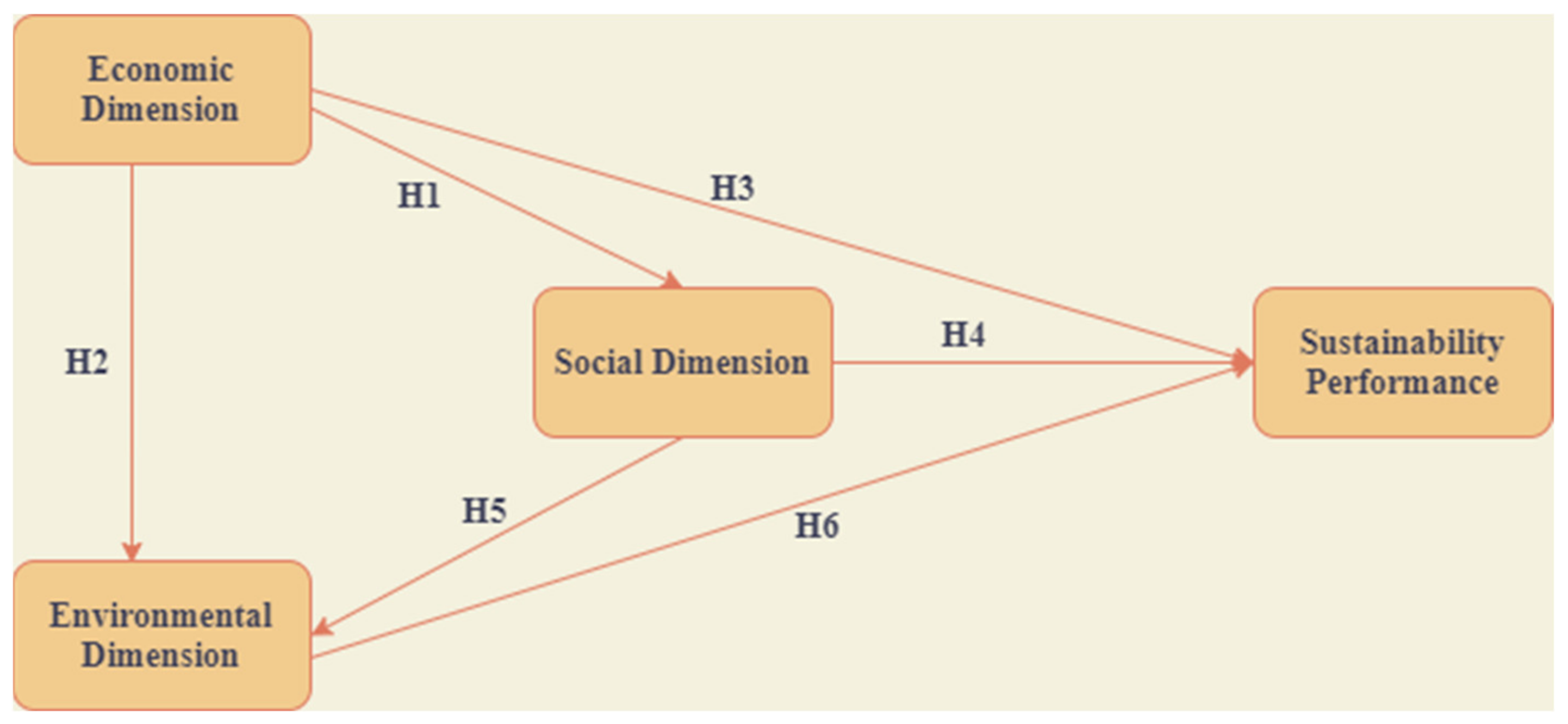Sustainable finance has emerged as a critical consideration in the context of oil trading, a sector traditionally associated with significant environmental challenges. This article delves into the complexities of sustainable finance models within the oil trading industry, shedding light on environmental responsibility. We will examine the environmental issues posed by oil trading, explore the need for sustainable finance, investigate various models, analyze case studies, discuss challenges, and outline future prospects. Oil trading can be tedious but with Oil Zee Star you can learn about the art of investing in the oil market. Try now and start learning!
The Environmental Challenge of Oil Trading
Carbon Emissions and Climate Change
Oil trading is a major contributor to global carbon emissions, primarily through the combustion of fossil fuels. The burning of oil releases greenhouse gases, such as carbon dioxide (CO2), into the atmosphere, driving climate change and its associated impacts, including rising temperatures, extreme weather events, and sea-level rise.
Oil Spills and Environmental Disasters
The oil industry is also notorious for oil spills, which result in devastating environmental consequences. Accidental spills can harm marine ecosystems, wildlife, and local communities. Cleaning up such spills is costly and challenging, making prevention a critical goal.
Habitat Destruction and Biodiversity Loss
Exploration, drilling, and infrastructure development in oil-rich regions often lead to habitat destruction and biodiversity loss. The disruption of ecosystems can threaten the survival of species, disrupt food chains, and harm the overall health of ecosystems.
The Role of Oil in Air Pollution
Beyond carbon emissions, oil is a significant contributor to air pollution. The combustion of oil-based fuels in transportation and industry releases pollutants like sulfur dioxide (SO2) and nitrogen oxides (NOx), which contribute to air quality issues and have adverse health effects.
The Need for Sustainable Finance in Oil Trading
Traditional vs. Sustainable Finance Models
Traditional finance models in oil trading often prioritize short-term profits without considering long-term environmental consequences. Sustainable finance, on the other hand, seeks to integrate environmental, social, and governance (ESG) factors into decision-making processes, promoting responsible and ethical practices.
The Paris Agreement and its Implications
The Paris Agreement, a landmark international accord, aims to limit global warming to well below 2 degrees Celsius above pre-industrial levels. To achieve this goal, the oil industry must reduce emissions and transition toward cleaner energy sources. Sustainable finance is crucial in aligning the industry with these objectives.
Regulatory and Market Drivers for Sustainability
Regulatory bodies worldwide are introducing stricter environmental regulations and disclosure requirements. Additionally, investors and consumers are increasingly demanding sustainability practices, prompting companies to adopt more responsible approaches to oil trading.
Sustainable Finance Models in Oil Trading
Carbon Pricing Mechanisms
- Carbon Taxes: Governments impose taxes on carbon emissions, incentivizing companies to reduce their emissions and invest in cleaner technologies.
- Cap and Trade Systems: These market-based mechanisms set emissions caps for companies. Those exceeding their limits must purchase emission permits, while efficient companies can sell their excess permits.
Green Bonds and Sustainable Investment
Green bonds are financial instruments designed to fund environmentally friendly projects. They provide capital for renewable energy, energy-efficient technologies, and sustainable infrastructure within the oil industry.
ESG Integration in Investment Decision-Making
Environmental, social, and governance (ESG) factors are now integral to investment decisions. Investors evaluate companies’ ESG performance, influencing capital allocation.
Impact Investing and Socially Responsible Investing (SRI)
Impact investors seek both financial returns and positive environmental and social impacts. SRI portfolios exclude companies with poor ESG records, encouraging responsible corporate behavior.
Sustainable Lending and Project Financing
Financial institutions are increasingly offering sustainable lending and project financing options. Companies that meet sustainability criteria can access funding at favorable terms, further promoting responsible practices.
Case Studies: Leading the Way in Sustainable Oil Trading
Several companies have embraced sustainable finance models:
- Shell: Shell has committed to achieving net-zero emissions by 2050. They are investing in renewables and developing low-carbon technologies while reducing the carbon intensity of their products.
- TotalEnergies: TotalEnergies is transitioning towards becoming a broad-energy company by investing in natural gas, renewables, and electric vehicle charging infrastructure.
- Equinor: Equinor has set ambitious renewable energy targets and aims to be a leader in offshore wind development while reducing emissions from their oil and gas operations.
Challenges and Criticisms
- Greenwashing and Ethical Concerns: Some companies may engage in greenwashing, presenting a false image of sustainability. Ethical concerns persist about whether oil trading can ever truly be sustainable.
- Transitioning from Conventional to Sustainable Practices: Transitioning to sustainable finance models can be challenging for established companies with deeply ingrained conventional practices.
- Economic and Market Challenges: Sustainable finance models may require significant initial investments and face market uncertainties, impacting profitability.
Future Prospects and Recommendations
- The Role of Technology and Innovation: Advancements in technology, such as carbon capture and storage, can aid the industry in reducing emissions and minimizing environmental impact.
- Global Collaboration and Standardization: Establishing global standards for sustainable finance in oil trading can ensure consistency and comparability across the industry.
- Recommendations for a Greener Future in Oil Trading: Encouraging transparency, incentivizing sustainable practices, and fostering collaboration among stakeholders are crucial for a sustainable future in oil trading.
Conclusion
In conclusion, the adoption of sustainable finance models within the oil trading industry is essential to mitigate environmental harm and meet global climate targets. While challenges persist, companies embracing sustainable practices are not only reducing their environmental footprint but also securing their long-term viability in an evolving market. The path towards a greener oil trading industry requires collective effort, innovation, and a commitment to environmental responsibility.




